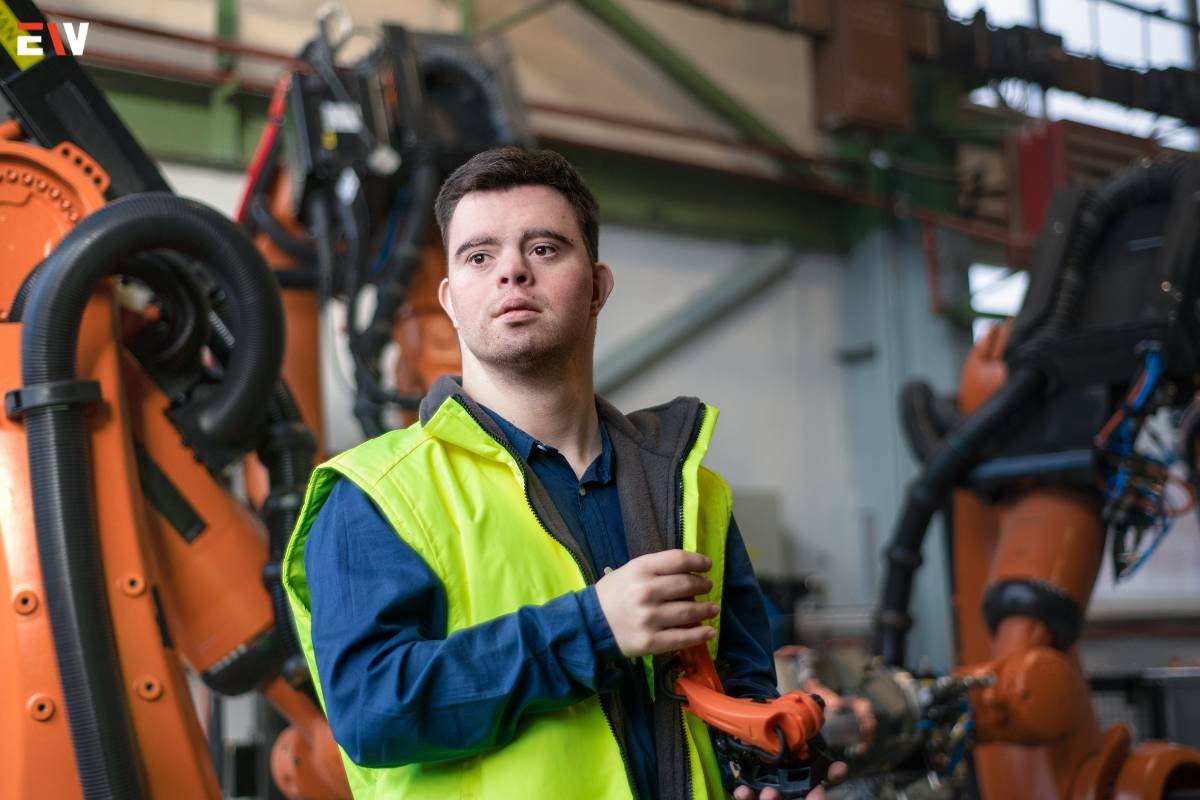Fused Deposition Modeling (FDM) has emerged as a transformative force in the realm of additive manufacturing, providing a cost-effective and versatile solution for creating three-dimensional objects. Developed by Scott Crump in the late 1980s, FDM has evolved into a widely adopted 3D printing technology with applications across various industries. This comprehensive guide explores the principles behind Fused Deposition Modeling, its applications, advantages, challenges, and the future landscape of this innovative manufacturing process.
Understanding Fused Deposition Modeling (FDM)
1. Core Principles
FDM is an additive manufacturing technology that builds objects layer by layer using thermoplastic materials. The process begins with a 3D model created using computer-aided design (CAD) software. The model is then sliced into thin layers, and the FDM machine interprets these slices to deposit molten thermoplastic material layer by layer, gradually building the final three-dimensional object.
2. Materials Used in FDM
The versatility of FDM lies in its compatibility with a wide range of thermoplastic materials. Common materials used in FDM include acrylonitrile butadiene styrene (ABS), polylactic acid (PLA), polyethylene terephthalate glycol (PETG), and more. The choice of material depends on the specific requirements of the intended application, considering factors such as strength, flexibility, and heat resistance.
Applications of Fused Deposition Modeling
1. Prototyping
FDM is widely employed in the rapid prototyping process, allowing designers and engineers to create physical prototypes quickly and cost-effectively. The ability to iterate designs rapidly facilitates a more efficient product development cycle.
2. Customized Manufacturing
FDM enables the production of highly customized and intricate designs that may be challenging or impossible with traditional manufacturing methods. Industries such as healthcare, aerospace, and automotive leverage FDM to create personalized components and products tailored to individual specifications.
3. Tooling and Jigs

Manufacturers utilize FDM to produce tooling and jigs used in various production processes. These custom tools aid in assembly, quality control, and other manufacturing functions, contributing to improved efficiency on the production floor.
4. Education and Research
FDM technology has found a prominent place in educational institutions and research facilities. It serves as a valuable tool for teaching students about design, engineering, and manufacturing processes. Additionally, researchers leverage FDM to create prototypes for scientific experiments and studies.
Advantages of Fused Deposition Modeling
1. Cost-Effectiveness
Compared to traditional manufacturing methods, FDM offers cost-effective solutions for producing prototypes and small batches of customized products. The ability to use a variety of thermoplastic materials further contributes to cost savings.
2. Rapid Prototyping
FDM’s layer-by-layer construction process enables rapid prototyping, significantly reducing the time required to transform a digital design into a physical model. This speed enhances the overall product development cycle.
3. Design Flexibility
FDM provides designers with unparalleled flexibility in creating complex and intricate geometries. The layering process allows for the production of intricate shapes, internal structures, and interlocking components that may be challenging with other manufacturing techniques.
4. Material Variety

The compatibility with various thermoplastic materials gives FDM a versatility that extends across different industries. Whether the application requires high strength, flexibility, or biocompatibility, there is likely a suitable material for the task.
Challenges and Considerations in Fused Deposition Modeling
1. Layer Resolution and Surface Finish
While FDM excels in creating functional prototypes, achieving high levels of detail and surface finish can be challenging. Layer lines may be visible, impacting the overall aesthetics of the printed object.
2. Material Limitations
While FDM supports a variety of materials, each material has its own set of limitations. For instance, some materials may have lower heat resistance or tensile strength, limiting their use in specific applications.
3. Post-Processing Requirements
Certain FDM prints may require post-processing steps to enhance their appearance or functionality. Sanding, painting, or additional treatments may be necessary, adding to the overall production time and cost.
Future Trends in Fused Deposition Modeling
1. Continuous Innovation in Materials
The development of new and advanced thermoplastic materials is a key trend in FDM. Researchers and manufacturers are continually exploring materials with enhanced properties such as greater strength, flexibility, and even conductivity.
2. Integration with Industry 4.0

FDM is poised to play a crucial role in the Industry 4.0 landscape, with the integration of smart technologies, automation, and data analytics. This integration aims to enhance the efficiency and connectivity of the FDM process within larger manufacturing ecosystems.
3. Large-Scale Printing
Advancements in FDM technology are pushing the boundaries of print size, enabling the production of larger objects. This trend opens up new possibilities for applications in construction, aerospace, and other industries requiring substantial components.
Conclusion
Fused Deposition Modeling stands at the forefront of additive manufacturing, offering a versatile and cost-effective solution for bringing digital designs into the physical realm. From rapid prototyping to customized manufacturing, FDM has found applications across diverse industries. While challenges such as surface finish and material limitations persist, ongoing research and innovation promise to address these concerns. As FDM continues to evolve, its role in shaping the future of manufacturing, particularly in the context of Industry 4.0, is poised to expand, driving advancements in materials, processes, and application possibilities.










